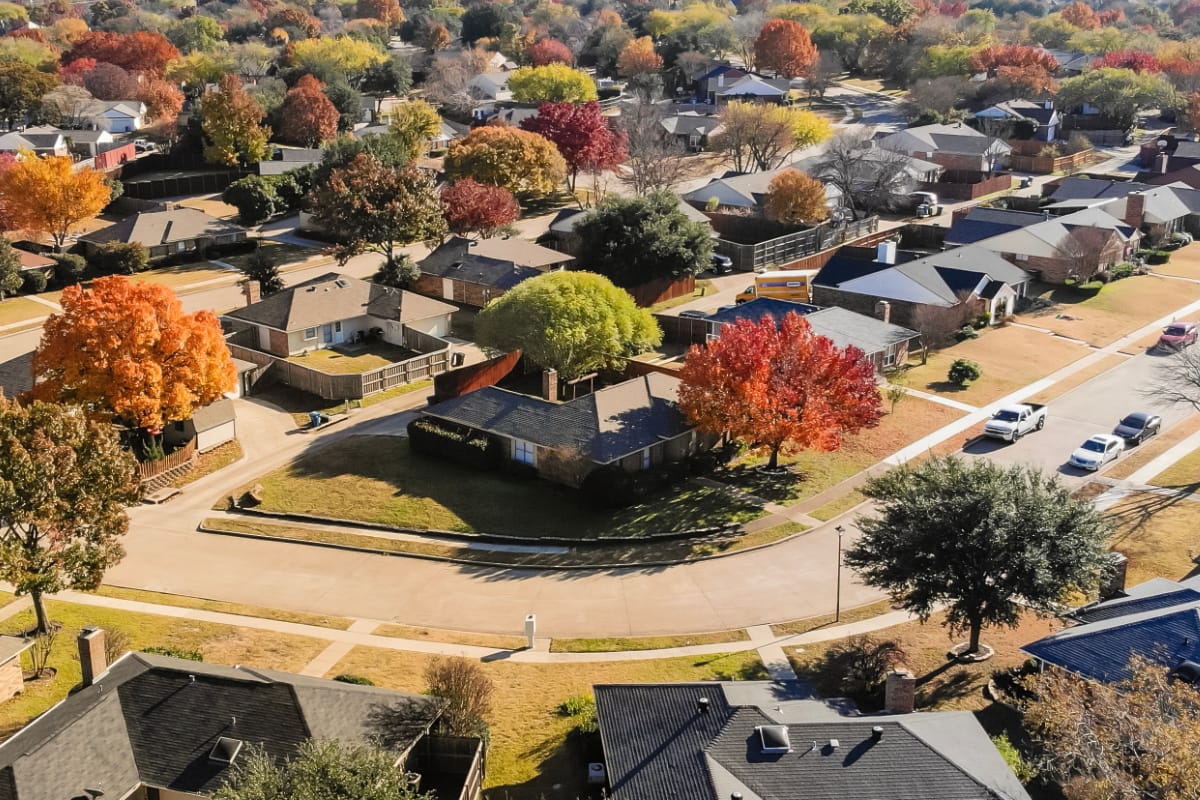The relationship between developers and homeowners associations (HOAs) involves several responsibilities, particularly during the early stages of a community’s development. In most cases, developers of a community are tasked with establishing and initially managing the HOA until control of the HOA is turned over to the actual homeowners. South Carolina courts have consistently held that developers owe a fiduciary duty to an HOA while the HOA is under developer control and at turnover. One of the duties most frequently subject to disputes between developers and HOAs concerns the conveyance of the common areas to the HOA. This article is just a brief overview of this duty and its implications for both developers and HOAs.
Under South Carolina case law, developers owe fiduciary duties to homeowners and HOAs regarding common areas.[1] Specifically, the developer must convey the common areas to the HOA in “good repair,” or alternatively provide the HOA with sufficient maintenance funds at the time of conveyance to bring the common areas into good repair.[2] Some developers may be tempted to turn over common areas in something less than “good repair” and/or with inadequate funding in an attempt to save money or perhaps avoid losing money on a project. However, it is well settled in South Carolina that a party in a fiduciary relationship with another party, such as a developer with an HOA, must not act “to make use of that relationship to benefit their own personal interests.”[3]
Conflict sometimes arises when the homeowners take control of their HOA board and find that their common areas are in poor repair and they were not provided adequate funds to repair them. One common point of contention is just what constitutes “good repair,” and the developer’s idea of “good repair” may differ from the HOA’s. If a developer is considering whether something is really necessary to bring a common area into “good repair,” the developer would be well served to keep in mind the serious responsibilities placed on them by South Carolina case law. As for new or prospective HOA boards, they may well benefit from carefully documenting the condition of the common areas prior to and after turnover, as well as records of representations made to them by the developer regarding these areas, as this information may be crucial should a dispute ever escalate to legal action.
Needless to say, disputing, or even litigating, with a developer is not what a new HOA board would like to spend their time and resources on when they have just taken control of their community. For this reason, it can in many cases be beneficial for both the developer and HOA member-leadership to transparently communicate with each other prior to and throughout the turnover process regarding their expectations for the condition of the common areas. If these expectations can be communicated clearly and effectively, it is possible that conflict after turnover can be avoided.
This article is not intended to be an exhaustive discussion of the fiduciary duties of developers regarding HOA common areas, nor any guarantee regarding the outcome of litigation regarding the same. Our attorneys at McCabe, Trotter & Beverly, P.C. are experienced and well-equipped to answer questions you may have regarding this topic, HOA development, and HOA turnover. Please contact us at (803)-724-5000 for further information.
McCabe, Trotter & Beverly, P.C. blogs and other content are for educational and informational purposes only. This is not legal advice and does not create an attorney/client relationship between McCabe, Trotter & Beverly, P.C. and readers. Readers should consult an attorney to understand how this information relates to their personal situation and circumstances. You should not use McCabe, Trotter & Beverly, P.C. blogs or content as a substitute for legal advice from a licensed attorney.
Torin Asbill
[1] Walbeck v. I’On Company, LLC, 439 S.C. 568, 585, 889 S.E.2d 537, 546 (2023) (citing Goddard v. Fairways Dev. Gen. Partn., 310 S.C. 408, 415, 426 S.E.2d 828, 832 (Ct. App. 1993)).
[2] Id.
[3] Id. (citing Lesesne v. Lesesne, 307 S.C. 67, 69, 413 S.E.2d 847, 848 (Ct. App. 1991).

